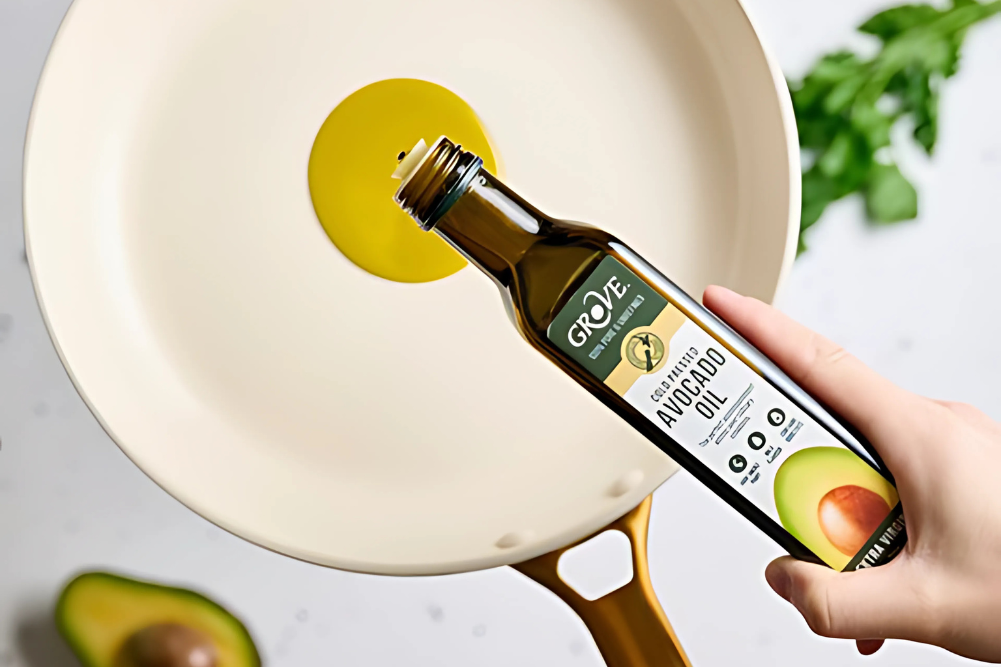How do Holistic veterinarians make the best decisions for our fur babies
Is there evidence for the use of natural therapies such as herbs and acupuncture for treating pets? The answer probably depends on what is meant by evidence. A better question might be: How do holistic veterinarians make ethical and best-practice decisions when recommending a treatment modality for a patient?
Integrative medicine is a curious balance. As a trained scientist, I always want to know what a treatment is and how it works. One definition of evidence-based medicine is to use good evidence to make sound clinical decisions. However, in practice, most vets also base treatment decisions on prior learning, experience and communication with their peers.
One common assumption is that the best evidence comes from double-blind randomly assigned controlled studies (RCTs). These are difficult to achieve even in conventional veterinary medicine. Ideally, the population in the study has minimal variation, and all have the same problem in a controlled environment. The intervention being studied is a single treatment or intervention — in the case of medicine, ideally a single compound with a known action.
But this artificial situation doesn’t translate into a real-life biological patient, in a real environment. Our patients are different breeds (or species), of different ages, living in different environments. Many have more than one health problem. So can the results of a controlled trial be applied in practice?
The situation is even more complex when looking for evidence for the use of natural medicines. RCTs are not a good model for studying alternative modalities such as acupuncture or herbal medicine. Herbs are not a single compound, but a whole plant made up of many compounds that may have different and sometimes opposing effects. A herbal formula multiplies this complexity. One advantage of this is that it reduces any adverse effects because the amount of each herb or compound is very small. Improvements may take longer, but they may also last longer. By utilising multiple natural compounds, there is also often a synergistic benefit, where the sum of the benefits of the whole plant is greater than that of the benefits of the individual compounds contained within that plant.
If you follow the structure of a standard clinical trial when creating a model for investigating traditional Chinese herbs or acupuncture, then it is difficult to study the treatment as it is traditionally used. For example, traditional acupuncture is tailored to an individual patient and uses points that address an individual imbalance and local points for a specific condition. So two dogs receiving traditional acupuncture to treat hip dysplasia may have different prescriptions of points. But a clinical trial of acupuncture for hip dysplasia may use a “cookbook” approach and compare a set of patients using the same points, with a subset control group that does not receive acupuncture.
Traditional Chinese Medicine (TCM) also includes diet and lifestyle changes that are important for long-term improvements, but these wouldn’t be considered in a controlled trial.
Despite these challenges, we do consider science, as well as the tradition, when making treatment recommendations.
I’ll try to give one example. In TCM herbal medicine, we are trained to first make a TCM diagnosis, create a goal for treatment and then prescribe a herbal formula. We may refer to biomedical scientific research to fine-tune the choice. For example, when prescribing herbal support for
a patient with a cutaneous mast cell tumour, we may make a TCM assessment of “Blood Deficiency”. (In TCM, Blood Deficiency and Blood Stasis are common imbalances in dogs presenting with skin tumours.) The TCM herbal formula Xue Fu Zhu Yu Tang (XFZYT, literally “Drive Stasis from the Mansion of Blood”) is prescribed for Blood Deficiency and Blood Stasis. Histamine release from degranulating mast cells is a potential complication and driver of mast cell cancer. One of the sub-formulae contained within XFZYT: Si Wu Tang (or “Four Materials Decoction”) has been shown to reduce histamine release from mast cell tumours in mouse studies. Other herbs in the formula have numerous non-specific anticancer, anti-angiogenic and anti-inflammatory effects.
This example is oversimplified, and in integrative care a patient is also likely to have diet and lifestyle changes, other herbs and supplements and conventional care. It illustrates, however, how we may approach combining science and tradition
My approach to integrative veterinary medicine has always encompassed science and tradition. Over time, there is an increasing body of research, which may increase the “evidence” for use of complementary and alternative treatments. The challenge is to ensure the studies are of good quality and relevant. We also need to continually reflect on our practice and ensure that the treatments we recommend benefit our patients, whether that be improved overall survival or their quality of life. We must also communicate with our peers and share our results.
What an exciting time to practise integrative care.







